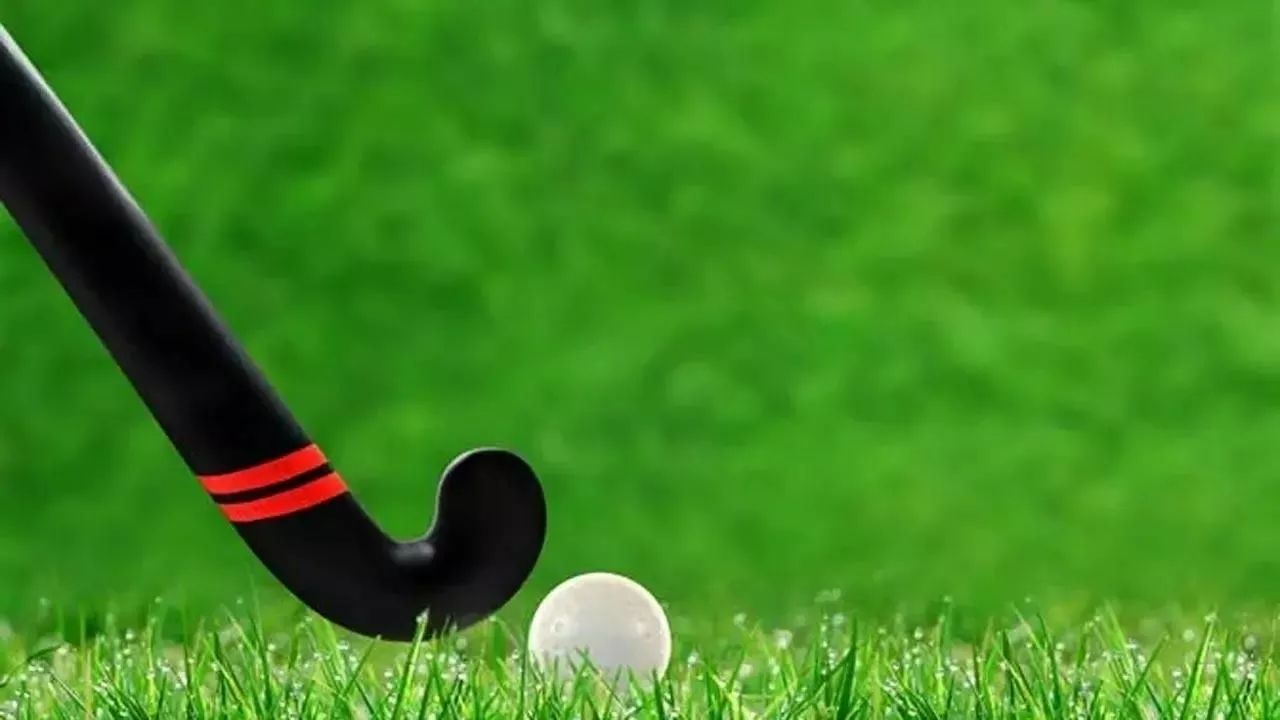Sports Fields – Your Guide to the Best Hockey Venues
Whether you’re a seasoned player or just starting out, the right field can make or break a game. At Bromley Hockey Club we’ve spent years testing pitches, tweaking equipment, and figuring out what works best for fast, clean hockey. This page pulls together the basics you need to know so you can pick a field that feels right, stay safe, and keep the action flowing.
Choosing the Right Field for Your Team
First up, surface type. Most clubs use artificial turf because it offers consistent speed and low maintenance. If you’re stuck with grass, look for a well‑kept, level surface – uneven ground turns simple passes into costly turnovers. Ask the venue about recent reseeding or sand‑infilling; a fresh top‑layer means the ball rolls true and injuries stay rare.
Size matters, too. A standard field hockey pitch is 91.4 m by 55 m, but community grounds often shrink a bit. Measure the playing area before you book – you don’t want to be forced into a cramped setup that forces extra sprints or limits strategic play.
Lighting is another hidden gem. Evening sessions are popular, but inadequate lighting can blur the puck and mess up passing accuracy. Walk the field after dark or ask for a lighting report. Good illumination should be even, with no harsh shadows in the shooting circles.
Finally, think about location and access. Fields near public transport or with ample parking save time and keep morale high. If you’re organizing a tournament, check whether the venue offers changing rooms, showers, and a scoreboard – these little extras keep players focused on the game, not on logistics.
Keeping the Pitch Play‑Ready
Once you’ve nailed a great field, keep it in shape. Regular watering and mowing (for grass) prevent hard spots that can snap a player’s ankle. For artificial turf, a daily brush‑over clears debris and keeps the fibres upright, which maintains the fast roll you expect from a top‑class surface.
Markings need attention, too. Paint fades fast under the sun, so a quick touch‑up before each session keeps the shooting circles and 23‑meter lines clear. If you notice any cracks or loose seams in a synthetic pitch, report them immediately – a small tear can turn into a tripping hazard.
Invest in proper equipment. Use shoes with the right stud pattern for the surface; rubber‑capped studs work well on artificial turf, while longer cleats suit grass. A good pair of shoes not only improves grip but also reduces wear on the pitch itself.
Don’t forget the basics: a clean, dry ball, a well‑adjusted stick, and a quick warm‑up. When the field feels right under your feet, you’ll notice better control, sharper passes, and more confidence in your shots.
At Bromley Hockey Club we’ve seen teams transform by paying attention to these simple details. The next time you book a sports field, run through this checklist, ask the right questions, and you’ll be set for a game that’s fast, fair, and fun.
